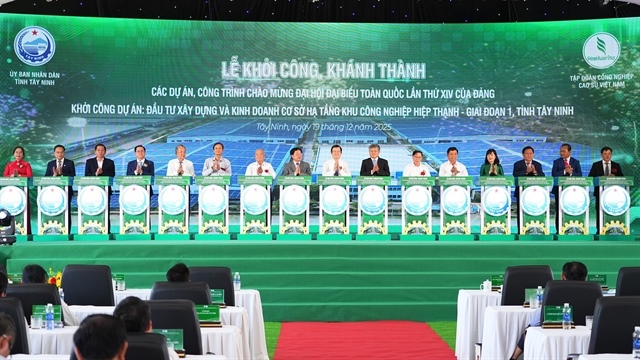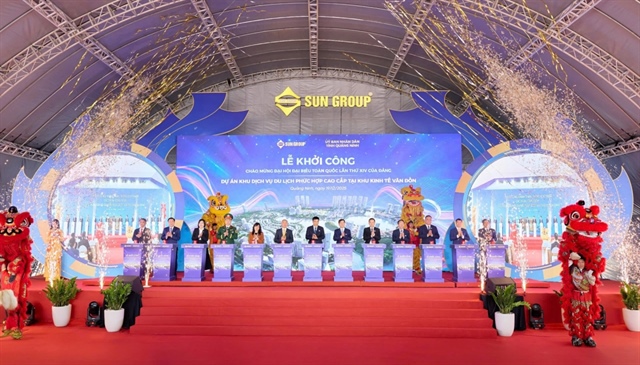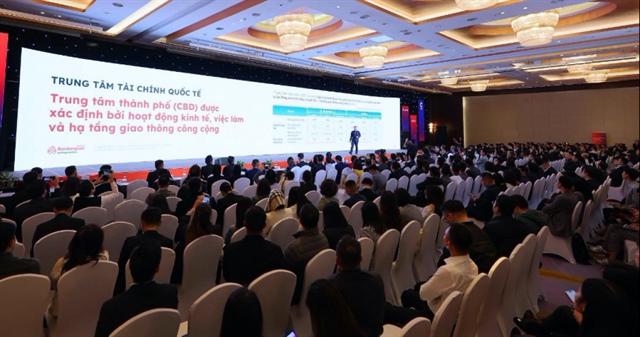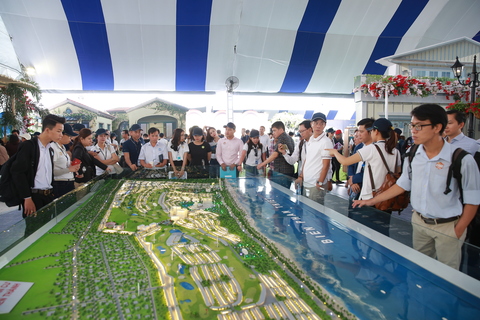Identifying apt locations for industrial property
Identifying apt locations for industrial property
The industrial property landscape in Vietnam is changing with localities looking at raising costs of land. Paul Tonkes, director of Industrial & Logistics Services at Cushman & Wakefield Vietnam, explains how each province must be looked at on a case-by-case basis, and that good prospects are still within grasp.The global trade dispute has facilitated more manufacturing into Vietnam, but that trend originated much earlier
Each industrial location has its own strengths. Generally, you will find the best industrial park developers in provinces with superior master planning and more successful foreign direct investment attraction policies. Identifying suitable locations for industrial property is dependent on the client’s requirements, business model, the types of property available or needed, and the location itself.
Vietnam has three key economic zones with high levels of manufacturing, with the following two contributing close to 80 per cent of Vietnam’s GDP:
● Southern economic region: Ho Chi Minh City, Binh Duong, Dong Nai, Long An, Binh Phuoc, Tay Ninh, Ba Ria-Vung Tau, and Tien Giang.
● Northern economic region: Haiphong, Hanoi, Quang Ninh, Hai Duong, Hung Yen, Bac Ninh, and Vinh Phuc.
The demand for trading, retail, and e-commerce is particularly high in Hanoi and Ho Chi Minh City.
In the past, industrial parks in Ho Chi Minh City were located in close proximity to city centres, such as District 2, District 7.
New manufacturing hubs began to appear in recent years due to the rapid development of infrastructure connecting other provinces to the two major cities. Development in the south has occurred in Binh Duong, Dong Nai, Long An, and Ba Ria-Vung Tau. In the north, development in Hai Duong, Bac Ninh, Hung Yen, and Haiphong has matured.
These provinces attract investment from large multinational companies in Asia as well as the West. With further investment in infrastructure, some provinces are becoming an ideal base for multinational companies from Asia who wish to transfer their production to a low-cost location. We have also witnessed the tendency of moving industrial parks away from city centres in order to avoid pollution and to reduce congestion.
Defining an ideal location is largely dependent on the quality of the land. Quality industrial property can lower construction costs; furnish infrastructure links to seaports, airports and city centres; provide protection from natural disasters such as flooding and typhoons; and reduce impacts on the natural environment.
Vietnam has become a favoured destination for shifting trade flows and supply chains due to the US-China trade war, although industrial migration to Vietnam began years earlier. However, bottlenecks have emerged in Vietnam, limiting the country’s ability to accommodate all additional flows.
Realistically, no single country can absorb all of the production withdrawing from China as a result of the trade war. China’s economy and scale of manufacturing simply dwarfs Vietnam and other nations. The phenomenon of global megatrends, such as the trade war, has pushed companies in China to adopt new strategies to mitigate risk. These strategies can come at a cost, however
Chinese companies are also diversifying their investments to countries like Vietnam to reduce manufacturing costs and take advantage of the host nation’s huge consumption and large population.
Furthermore, the Vietnamese government has recognised a shortfall of around $4 billion for the development of its ports. Big-figure deals have yet to come to fruition and could further obstruct growth.
Now more than ever, investment in these logistical barriers is necessary to lower costs in the sector and add more value to the economy. In order for ports to increase in capacity, belt roads need to be linked up. Many infrastructure projects in the south have been delayed instead of sped up, however. Additionally, much of the incoming FDI from the trade war has been committed to projects in the north due to its close proximity to China. This includes the Lach Huyen deep sea port expansion in Haiphong. In short, the northern region is quickly catching up with the southern region, particularly in regards to eliminating logistical barriers.
We are now witnessing international developers coming to the market with the intention to build warehouses, which is a positive change. Vietnam is in very high demand right now. When looking at the landscape of what is available, there is not much in China or Indonesia at the moment. Each market has its own unique challenges, whether it is available infrastructure, regulation, or transparency into customer demands.
Looking beyond these particular challenges in Vietnam, the juice is definitely worth the squeeze, so to speak. China has become increasingly difficult to operate in, and many companies are trying to get out.
Despite the constraints Vietnam may have, it is not alone, and many businesses are concerned about what they have to deal with in China.






















